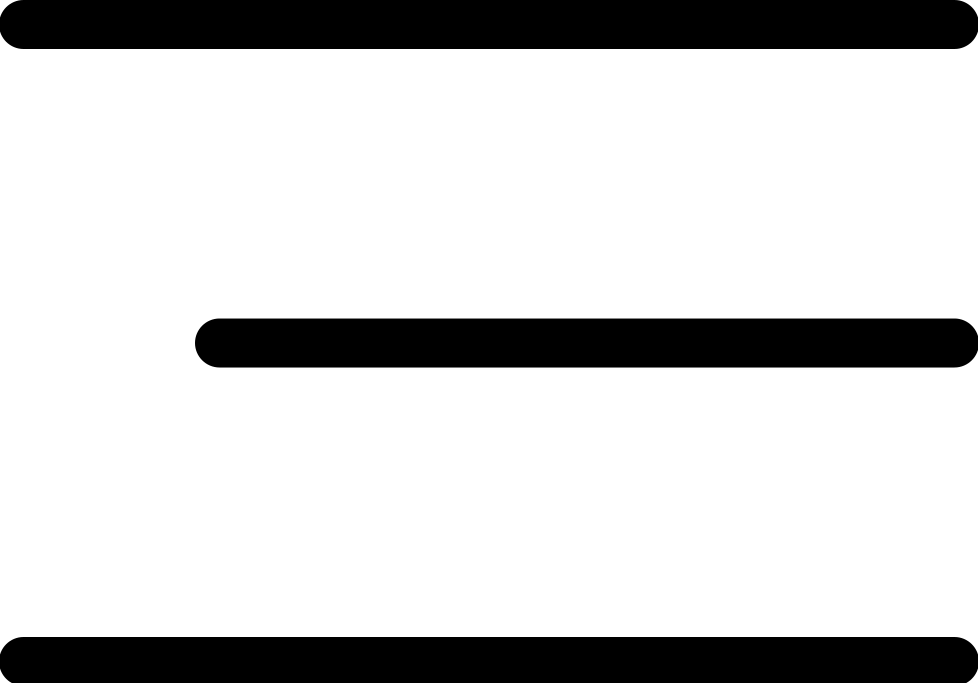The symmetrical components method is a powerful technique used to simplify the analysis of asymmetrical three phase voltages and currents. By transforming the unbalanced system into two sets of balanced phasors and a set of single phase phasors, known as symmetrical components, this method allows for a more streamlined analysis. These phasor sets, namely the positive, negative, and zero sequence components, play a crucial role in fault analysis and contemporary protection schemes. Understanding this method is essential for anyone looking to delve into the intricacies of fault analysis and apply it practically.
The symmetrical components method provides a systematic approach to analyzing complex electrical systems. It breaks down the unbalanced system into its fundamental components, making it easier to identify and address any faults or issues. The positive sequence component represents the balanced three phase system, while the negative sequence component represents the unbalanced conditions caused by a fault or asymmetry. The zero sequence component represents the residual current or voltage that occurs when all three phases are unbalanced.
By studying the symmetrical components method, engineers and technicians can gain a comprehensive understanding of fault analysis and protection schemes. This knowledge is crucial for ensuring the reliability and safety of electrical systems. With the symmetrical components method, professionals can accurately identify and locate faults, determine the severity of the fault, and implement appropriate protection measures.
In this course, I aim to equip you with a comprehensive understanding of the symmetrical components method and its practical application in real-world scenarios. Through detailed explanations, examples, and hands-on exercises, you will learn how to effectively analyze and protect electrical systems using this powerful technique. Whether you are a seasoned professional or a beginner in the field, this course will provide you with the knowledge and skills necessary to excel in fault analysis and protection engineering.
So, join me on this educational journey and discover the potential of the symmetrical components method.
- Managers
- Engineers
- Technologists
- Maintenance Personnel working in the electrical power protection industry
- Very practical and down to earth. Fantastic. Thank You ~ Michael W
- Instructor was clear and concise. Course was at a great pace and well presented. The material was very informative ~ Terrel L
- This guy is amazing and explain stuff well. I hope he will keep making more technical courses to educate us better ~ H Al Radhwan
- I liked the way the professor prepared the class. It’s very easy to follow the content through each lesson. And I specially appreciate the last lesson which is calculations using symmetrical components. It’s a very helpful course for people involved in electrical power systems ~ Milton R
- I'm taking an electric transmission system relay course to complete my professional development hours. The course is very fast paced and it has been 30 years since I have done these types of calculations by hand. This course was a great refresher for the math behind symmetrical components and will help me stay up to speed in the relay course ~ K Vansickle
- In this course, you will learn exactly what symmetrical components are, their main advantages, how manufacturers of equipment use it.
- You will learn how to use symmetrical components to simplify asymmetrical three phase voltages and current and understand fault analysis.
- Including Positive, Negative and Zero Sequence Components.
- You can later apply this knowledge to single phase to ground, two phase to ground, phase-to-phase, and three phase fault conditions.
- This course may be considered a prerequisite to the course "Short Circuit Analysis for High-Voltage Three-Phase Systems".
The student should have an understanding of the laws and theorems related to three phase electrical power systems.






 Full lifetime access
Full lifetime access  Access on laptop,
tablet and mobile devices
Access on laptop,
tablet and mobile devices  Certificate of
completion
Certificate of
completion 
















